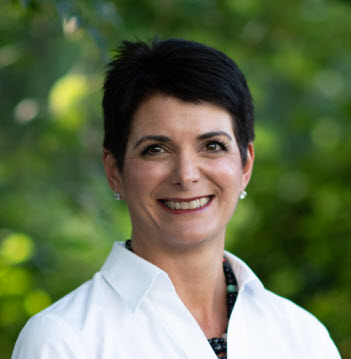
What I’ve Learned / What is Exciting about Maritime by Jennifer N. Trageser, vice president, Product Development, ABS Wavesight™
I entered the maritime industry a little over one and half years ago. The job description was like my previous positions – establish a product management team focused on delivering software solutions that solve market problems. Seemed simple enough. I’ve built Software-as-a-Service (SaaS) solutions since the mid-2000s and I’ve scaled teams from a single contributor – me! – to a multi-disciplinary function of product strategists, product managers and product owners working alongside agile development teams, product content creators, and talented user experience researchers and designers. I’ve partnered with technical leaders and talented developers whose creative execution of business requirements still amazes me. I’ve worked in other compliance/regulatory driven industries where compliance and legal teams are not your enemy but your valued business partners to ensure you are creating a solution for the market that truly reduces risk and provides enabling solutions to drive desired business results. And in a compliance-oriented industry this outcome is not something nice to say in a brochure or company website – it is critical to business success where ROI is measured and reported.
So, what makes maritime a challenge for someone with my software experience? What makes it exciting?
The challenge is the broad range of compliance, regulatory and business needs. It is the inflection point of change driven by decarbonization. It is the simple to increasingly complex questions being asked requiring a deeper understanding of business processes, data collection mechanisms, technical knowledge and expertise of personnel coupled with the urgency of operations today respective to the future needs of the next reporting cycle. In short, for a new person with no maritime frame of reference in their family’s past, it seems to be the makings of a perfect storm. And in the case of ship owners, navigating through this storm is an absolute… sinking is not an option!
Making sense of these challenges is what is exciting to me. The blend of technologists – professionals who understand how to leverage technology to scale and serve the end user – with maritime professionals who have literally sailed the seas and understand ship design criteria and the range of allowable parameters or constraints to get from point A to point B within the boundary of a charter party requires a willingness to learn on both sides. It requires a daily challenge to an individual’s way of thinking and possibly working to drive to a better outcome for the user and business. It requires the ability to listen for the purpose of deep understanding before decisions are made as well as a willingness to try and learn from failure.
James Joyce once said, ‘Mistakes are the portals of discovery’. Discovering answers to difficult questions should be done rapidly and allow for learning. Which alternative fuels are best for an organization to reach 2050 decarbonization goals; how can improvements to data accuracy coming from the vessel be made are important questions each organization is facing. Balancing the day-to-day operational commitments to investing time to partner with technologists who want to solve these complex and interesting problems must be a priority. Working together to bring the experience from industry coupled with experience from the technology sector will result in collaborative solutions benefiting the entire world. What could be more exciting than that?!





